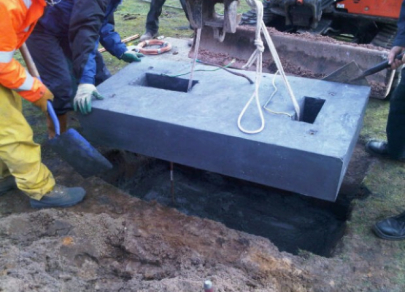FX.co ★ 8 remarkable scientific discoveries
8 remarkable scientific discoveries
Invisibility cloak
This technology seems to have come down from the pages of science fiction books. Experts from Purdue University have found a way to control the speed of light by means of accelerating its movement along the optic fiber of the wavefront and slowing its by the end. This effect makes a sort of a hole in space and time that helps to move without being seen. Scientists are experimenting with different types of material in order to create the fabric they need. It will be part of an invisibility cloak which will hide everything that is under it.

Oxygen injection
Oxygen injection, developed in Boston Children’s Hospital, the US, allows any person to hold the breath for about 30 minutes. Half an hour without air is a strong result. Holding your breath for this period of time can break the world record. The secret of this invention is that oxygen particles surrounded by fat are easier to inject into the bloodstream. These particles are deformed in a special way and do not cause patients embolia. According to experts, oxygen injections will be widely used in medicine of the future.

Self-cleaning clothes
Scientists from the University of California have created a fabric that can drastically solve the problem of dirty clothes. The substance removes not only the dirt but also traces of chemicals that are destructing under the sunlight. During the experiment, anthraquinone-2-carboxylic acid was added to the cotton fabric. It has eliminated all the dirty spots. The bad news is that such innovative clothing is very expensive. Currently, the scientists are making cheaper fabric with similar qualities. Military and medical personnel is expected to become the first to receive self-cleaning clothes.
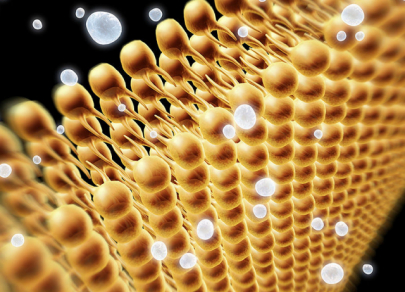
Upsalite
The world's strongest absorbent has been found by accident. Researchers in Uppsala, Sweden left the equipment that turns magnesium carbonate into powder on for too long. Upsalite, an extra porous material, covers a surface area of 800 square meters per gram and the pore size is 10 nanometers, appeared in the process of reaction. Experts call it an “impossible material”. Upsalite surpasses the best absorbents by all standards. Potential areas of use of the product are humidity control and oil pollution removal.
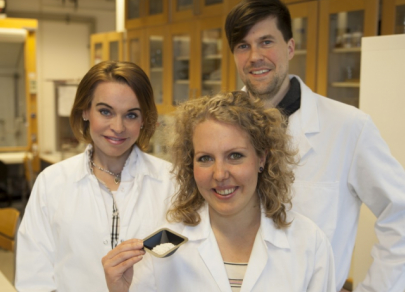
Sulfur hexafluoride
This amazing substance is an artificially created gas. The product has a funny side effect. People start talking in a very gruff voice. Thus, the speed of sound is slowing down and voice is becoming low and deep. Sulfur hexafluoride cannot be deeply inhaled. Otherwise, it will remain in the inferior lung. The gas has such a high density that it is able to maintain objects in a state of soaring, creating the illusion of levitation.
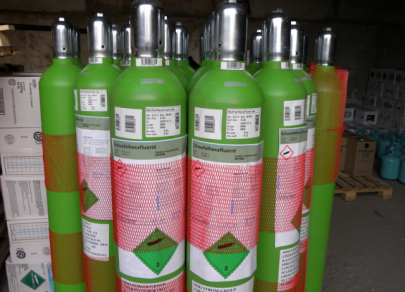
LiquiGlide
Researchers from Massachusetts Institute of Technology, the US, have invented a unique surface called LiquiGlide. It provides a perfect glide and is not toxic. LiquidGlide can be used in various fields, e.g. for glass and plastic surfaces. It is enough to flip the bottle of ketchup or sauce upside down and everything that is inside will appear on a plate. This innovation has been approved by the US Department of Health.

Bose–Einstein condensate
Scientists Satyendra Bose and Albert Einstein first predicted the idea of a unique condensate in the 1920s. However, it became possible to create the substance only recently. Bose–Einstein condensate is a special state of matter cooled to an extremely low temperature, very close to absolute zero. Under such conditions, atoms behave in an unusual way and quantum effects occur. Since it is impossible to achieve such low temperatures in reality, condensate is used to monitor the particles’ activity.
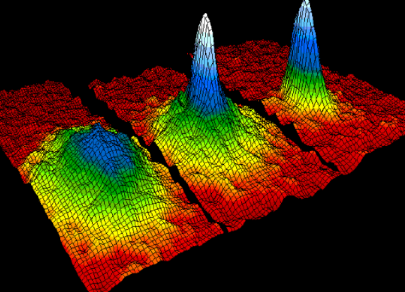
Electrically conductive cement
Scientists in Alicante, Spain have developed a special kind of cement that allows to conduct electricity and heat. These qualities do not have any impact on the concrete’s strength. According to experts, heated concrete will help to avoid icing and snow buildup. The secret of the material lies in carbon nanotubes, which are part of the cement structure and provide conductivity and strength. Electrically conductive cement has successfully passed the first tests but experts continue its improvement.
